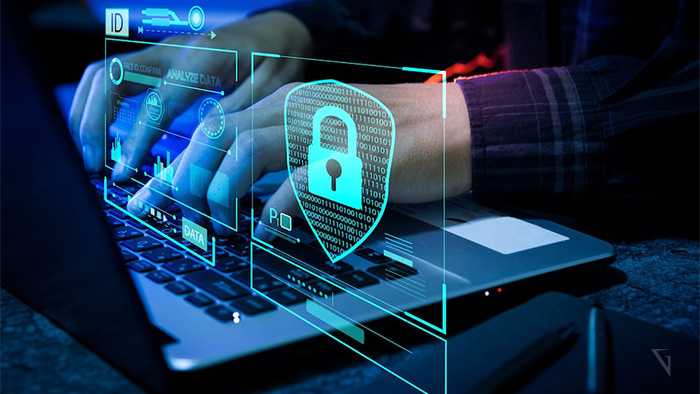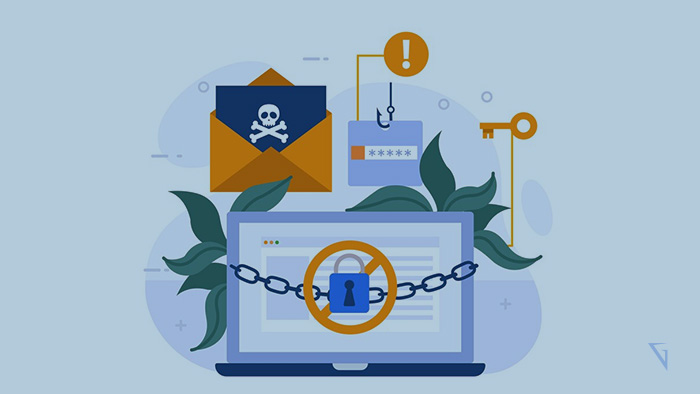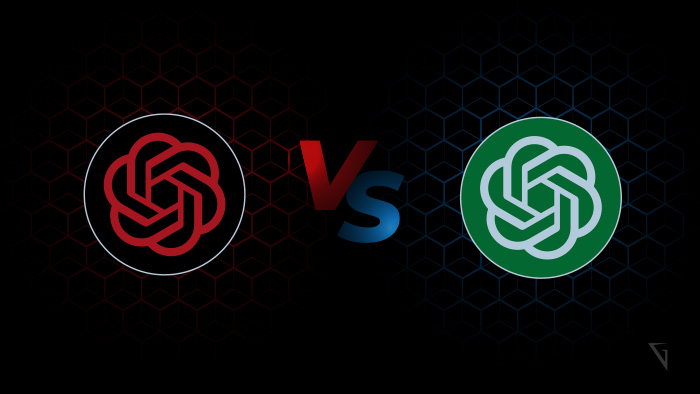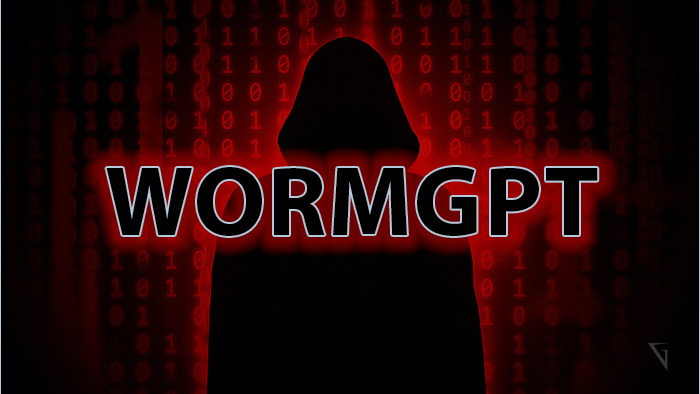
Navigating the Complex Landscape of AI Generative Models: A Comparative Analysis
In a rapidly evolving technological landscape, the advent of AI generative models has sparked a wave of innovation across industries. From revolutionizing content creation to enhancing user experiences, these models offer remarkable potential. However, with great power comes great responsibility, as we navigate the complex landscape of AI generative models. In this article, we embark on a comparative journey, dissecting the nuances between the malicious WormGPT and its legitimate counterparts like ChatGPT. Introduction: The Rise of AI Generative Models The dawn of AI generative models has ushered in a new era of creative possibilities. These models, fueled by advanced algorithms, enable machines to generate human-like content autonomously. From generating text and images to even music compositions, their applications span diverse sectors such as marketing, entertainment, and healthcare. WormGPT vs. ChatGPT: An In-depth Comparison Unveiling WormGPT: The Dark Side of AI Technology As we delve into the comparison, it’s essential to understand the differences between WormGPT and ethical AI models. WormGPT, a malicious creation, thrives in




